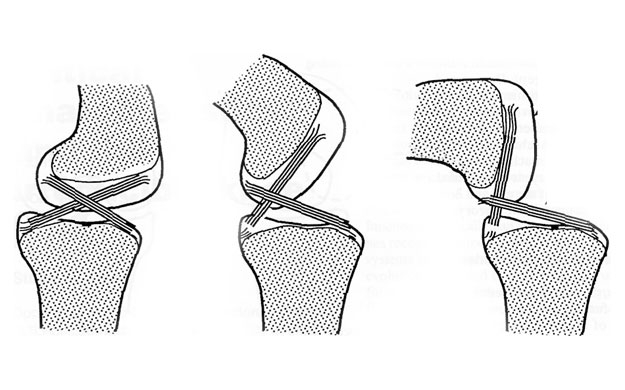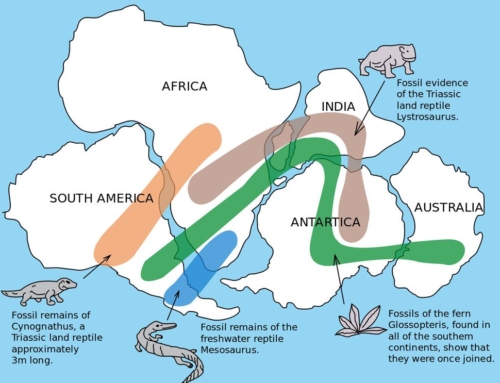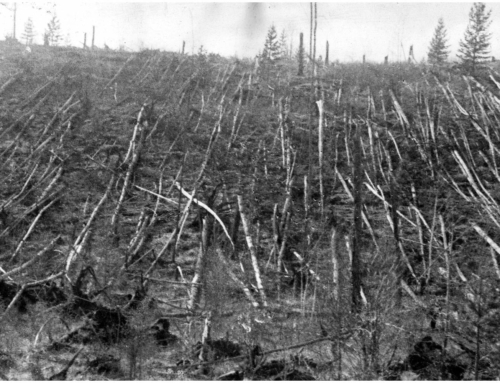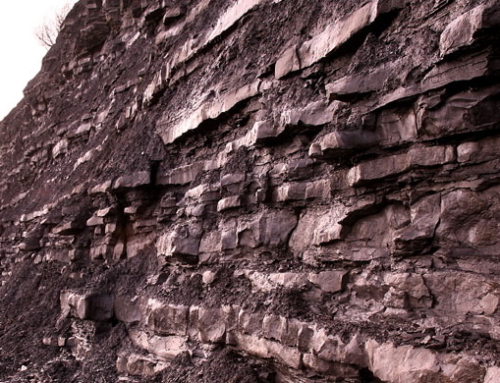Science and history seek to answer questions about the world around us. The theories and hypotheses used to interpret the evidence must be capable of rigorous testing and, if falsified, revised or rejected.1 Properly observed, this is a strength of science but also a limitation in that final proof or absolute fact are not the outcome of scientific work.
There are other limitations to the extent by which information may be interpreted from the evidence and some of these are discussed here.
Interpreting the evidence
Both science and history seek to answer questions of “how? and “when?” in their respective fields. History also examines the evidence to answer questions of “why?” and “wherefore?” which may be in the form of human testimony or derived from the evidence itself.
Cross section of the human knee showing the action of the cruciate (cruciform) ligaments as the knee is bent
Science has difficulty over the questions of “why? and “wherefore?” because science only admits evidence of a material nature. Thus concepts of purpose, value, aesthetics, ethics and metaphysics are not derived from the evidence.
- Acheulian hand-axe
- Cross section of the human knee showing the action of the cruciate (cruciform) ligaments as the knee is bent
Interpreting through a world-view
The interpretative process can also be influenced by the knowledge, experience, philosophy and world-view of the interpreter. Gustaf Kossinna’s interpretation of German prehistory was greatly influenced by theories to promote claims for an expanded German nation. This was much used and developed by the Nazi party in arguing the superiority of the Germanic peoples.
- Gustaf Kossinna
Interpreting within the current paradigm
Evidence is normally studied and presented from the viewpoint of the paradigm currently in vogue. This means that the expectations of a theory or paradigm colour perceptions in both research and interpretation. To quote Eldredge, ‘new notions seldom arise from facts collected under the influence of old pictures of the world’ 4 or as the editor of the Royal Institute of Philosophy stated, paraphrasing Popper, ‘scientific consensus is sleep inducing’.5
In 1912 Alfred Wegener proposed the idea of continental drift suggesting that the continents once formed a single protocontinent which, over time had drifted apart to their current locations. The contemporary view, however, was of fixed continents and a rigid, shrinking earth. The American Association of Petroleum Geologists organized a symposium specifically to oppose his hypothesis.6 Fifty years later with additional evidence, his proposal came into its own with the development of the idea of plate tectonics.
- Prof. Dr. Alfred Wegener, ca. 1924-1930
Interpretation and the “reinforcement syndrome”
Hypotheses can be reinforced to a position of acceptability with the repeated addition of supporting data. This is particularly so in multi-disciplinary work and evidence from one discipline appears to confirm or give support to another. This is known as the “reinforcement syndrome”.7
A different aspect of the “reinforcement syndrome” concerns so-called publication bias. Confirmatory results will tend to be published prominently while non-confirmatory outcomes may be relegated to footnotes, obscure articles or not published at all. Negative evidence is still evidence.8
In the historical sciences – eg archaeology and geology – much of the evidence has disappeared. If there is nothing to observe, interpretation cannot proceed beyond speculation. Nor is it possible to test unique events.









